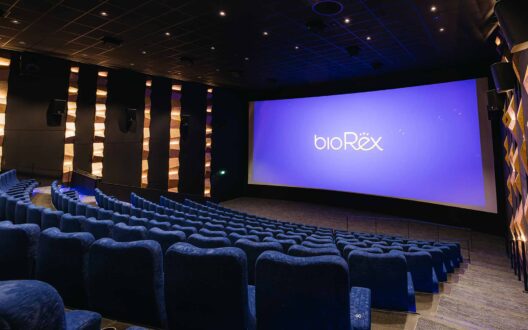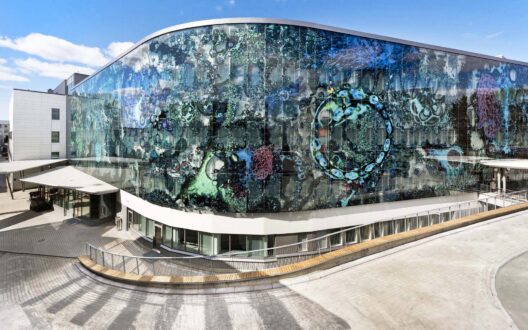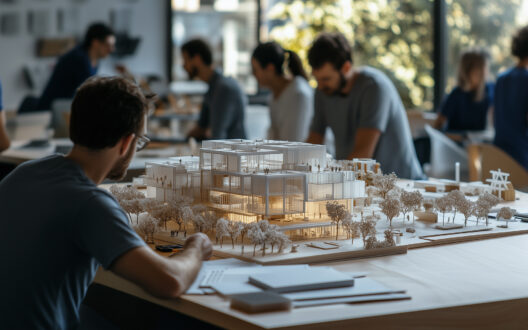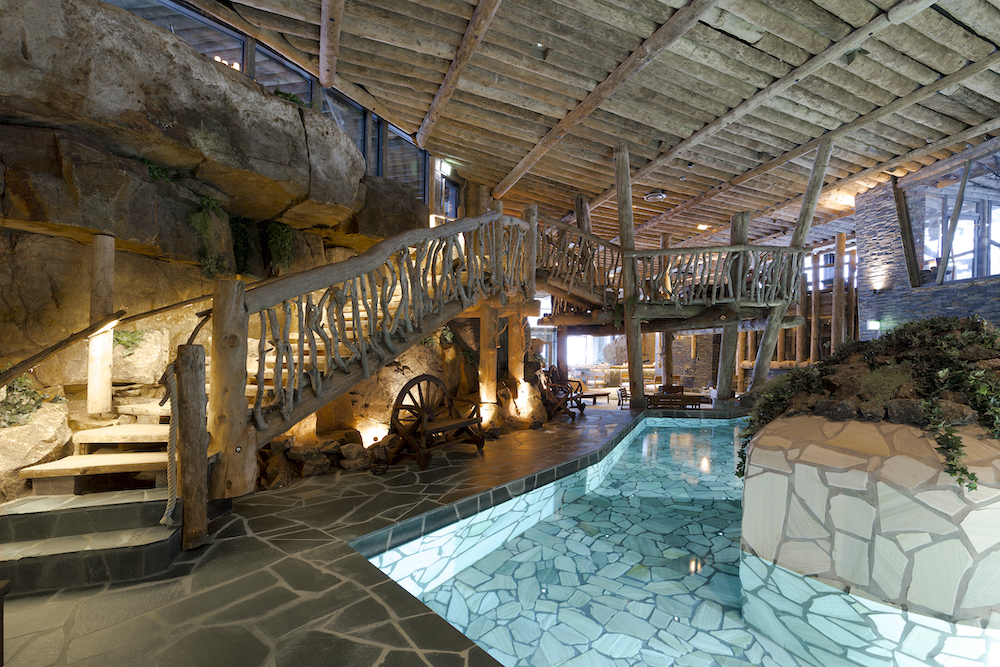A space designed with empathy is socially sustainable.
A space designed with empathy is socially sustainable
Accessibility that supports equality and equal encounters is much more than removing physical, concrete barriers. How can a designer reach the needs of people with physical or sensory limitations in different ways and understand their world of experience?
"A truly accessible facility serves every user of the space, regardless of personal characteristics. An empathetically designed building integrates the environment and people and creates the world a better place, piece by piece," says the artist-architect couple Partanen & Lamusuo.
Empathic design brings equality to architecture and improves users' experience of fairness. An empathetically designed space is socially sustainable. Usability, accessibility, and comfort are affected by several areas: physical accessibility, surface materials, lighting, color scheme, acoustics, and indoor air quality.
With the help of empathy, a building or space designed to be accessible takes into account the needs of all users, which improves the users' quality of life. It is easy to enter the empathetically designed facility, and the orientation in the space is carefully designed.
"Acoustic design is an important part of empathic design and the accessibility of the space. The sound environment affects everyone's comfort, but the acoustics of the facility are especially important for the hearing impaired. If you can't hear and be heard well, the space is not comfortable, safe, or inviting."
When Barrier-free solutions are an integral part of the design, they invite all users of the space, create an opportunity for equal encounters, and reduce prejudices between different people.
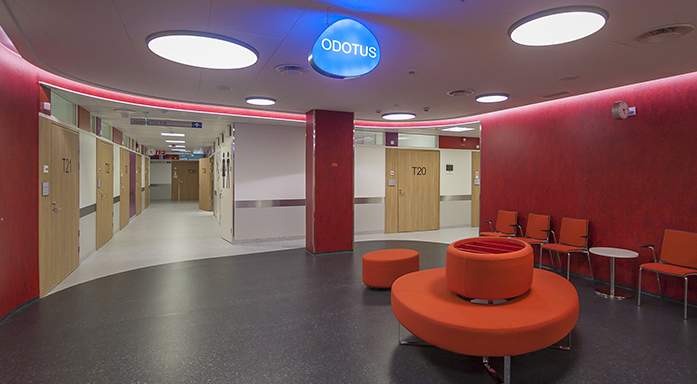
Kalusteiden värillä voi myös viestiä. Nämä kalusteet kertovat käyttäjälleen näytteenottopaikasta. | Kuva © Pa-La Kaarisairaala
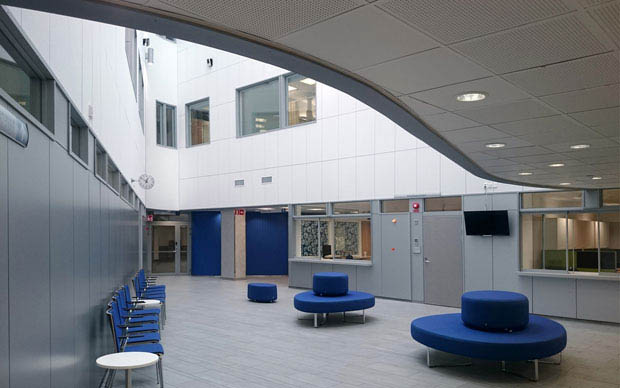
Palad´s Tuma sofas accommodate users of all sizes and create a calming atmosphere in the waiting area. | Image © Pa-La Kaarisairaala
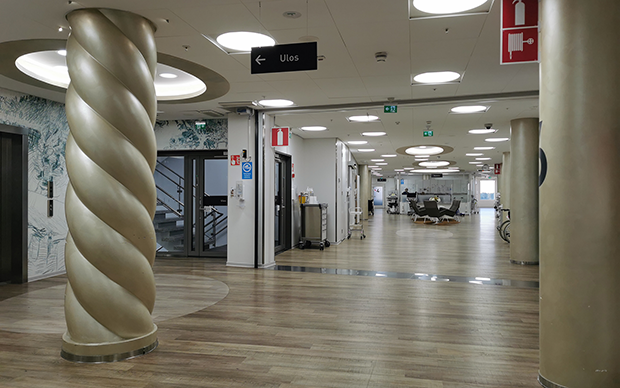
Art can guide the user to focus on their surroundings instead of waiting. | Image © Pa-La K-sairaala
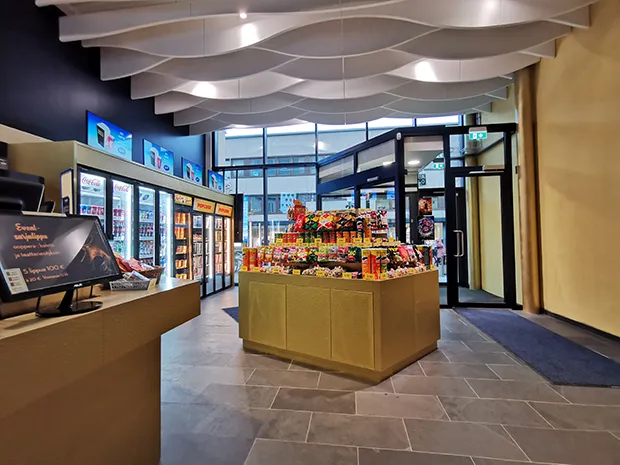
Acoustic treatment enhances the space's sense of empathy. | Image © Pa-La Tapio Cinema Center
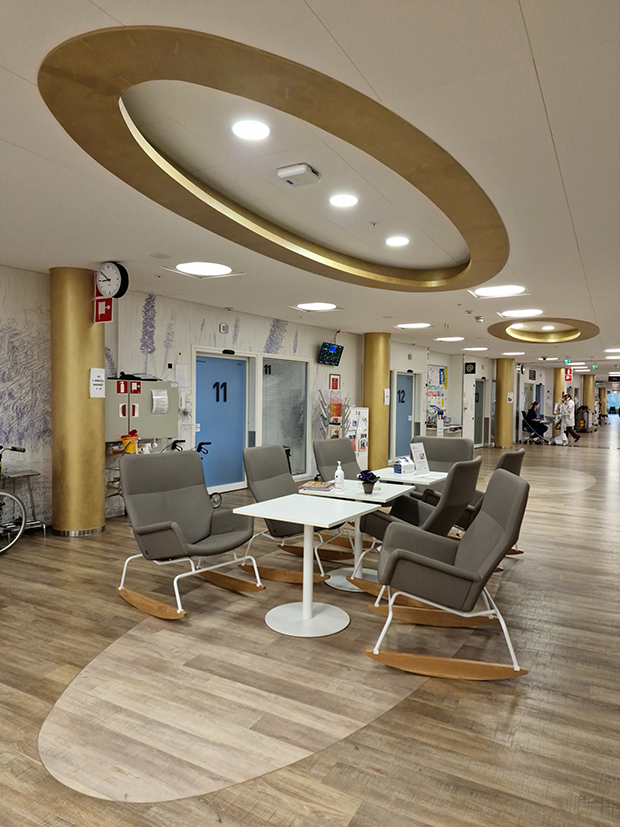
Furniture can surprise and bring movement and comfort to its user. | Image © Pa-La K-sairaala
Separate solutions destroy, empathy unifies
In everyday language, accessibility is often used to refer to the physical functionality of the built environment from the perspective of a person with reduced mobility. The pitfall of accessibility is that solutions aiming for accessibility remain separate from the building as a whole.
Separate solutions do not necessarily achieve a unified whole functionally or architecturally. Special solutions are often thought to only be aimed at people with sensory or mobility impairments, in which case people with mobility problems avoid using them.
When Barrier-free solutions are an integral part of the design, they invite all users of the space, create an opportunity for equal encounters, and reduce prejudices between different people.
In an empathetically designed, barrier-free space, different people can meet each other as equals and feel connected with each other as well as with the environment around them. The space corresponds to all stages of a person's life cycle, from childhood to adulthood and old age.
Read also how an empathic state produces positive feelings.
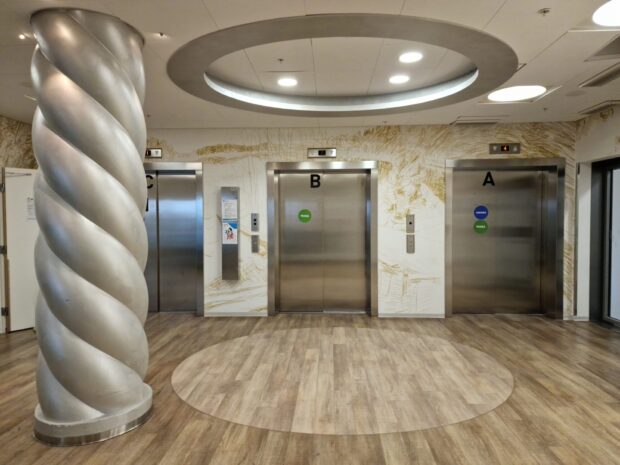
In an accessible space, it's easy for everyone to move around. | Image © Pa-La K-sairaala







